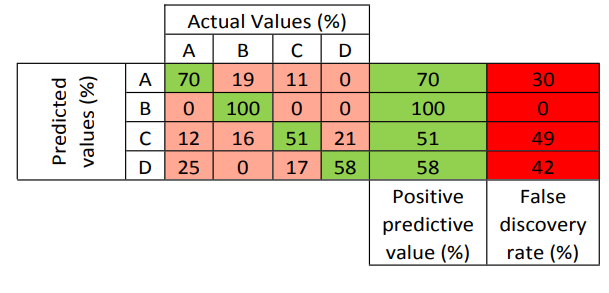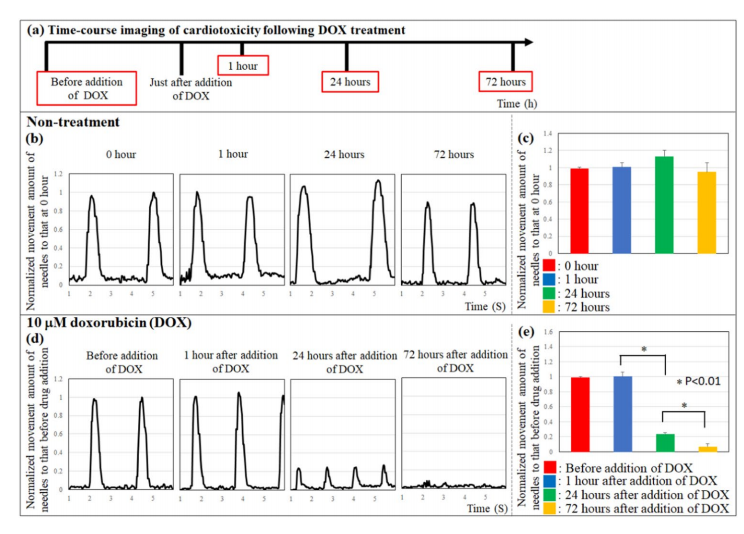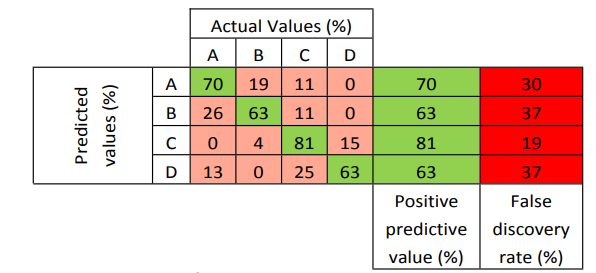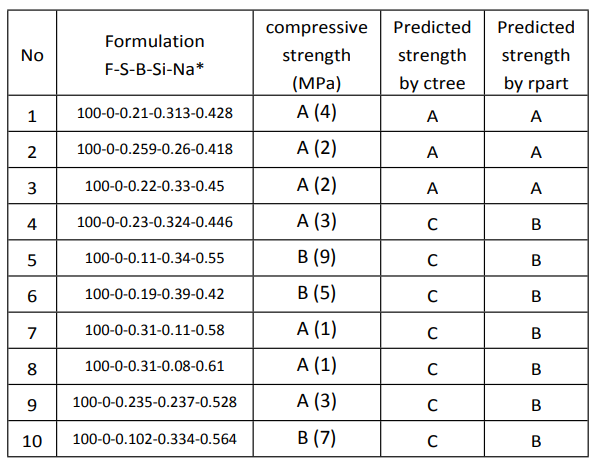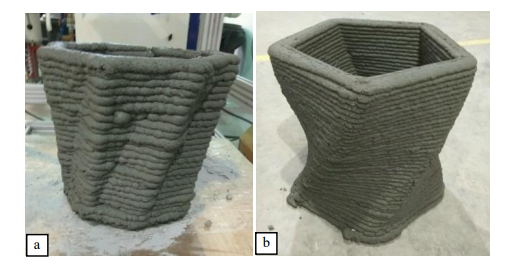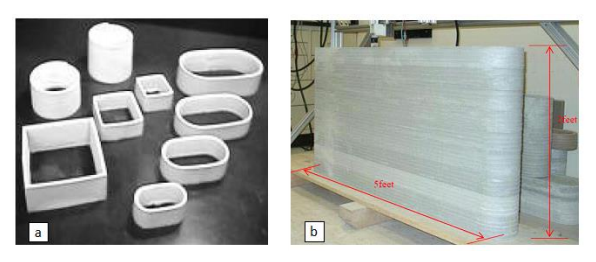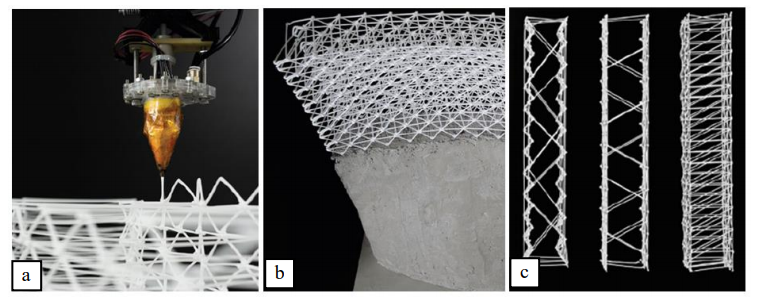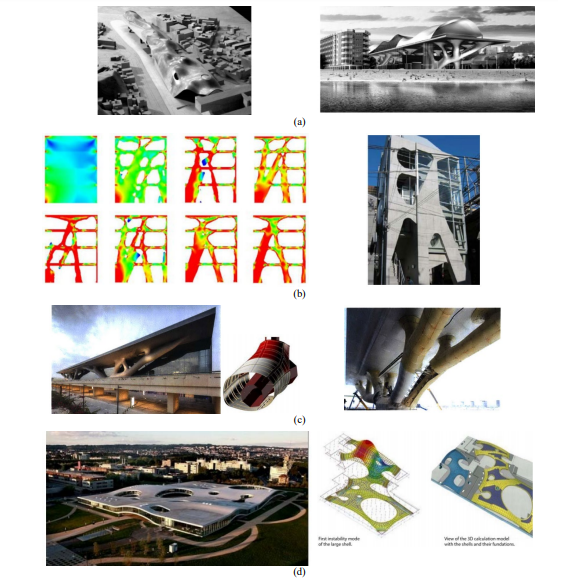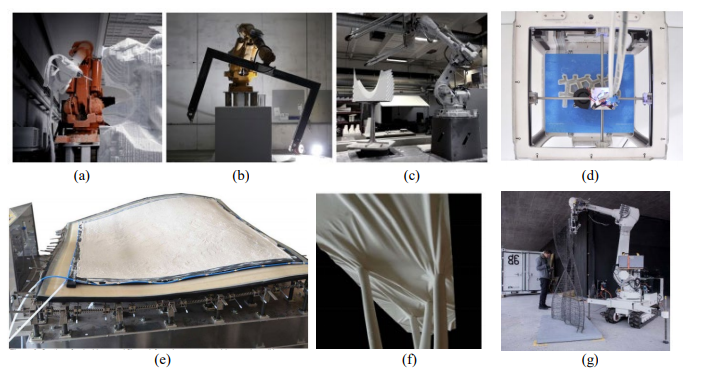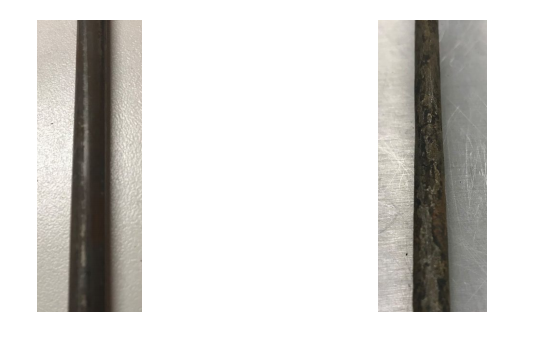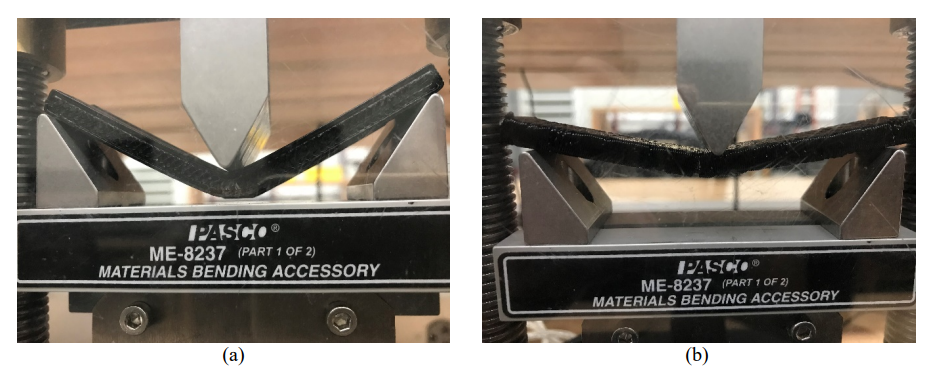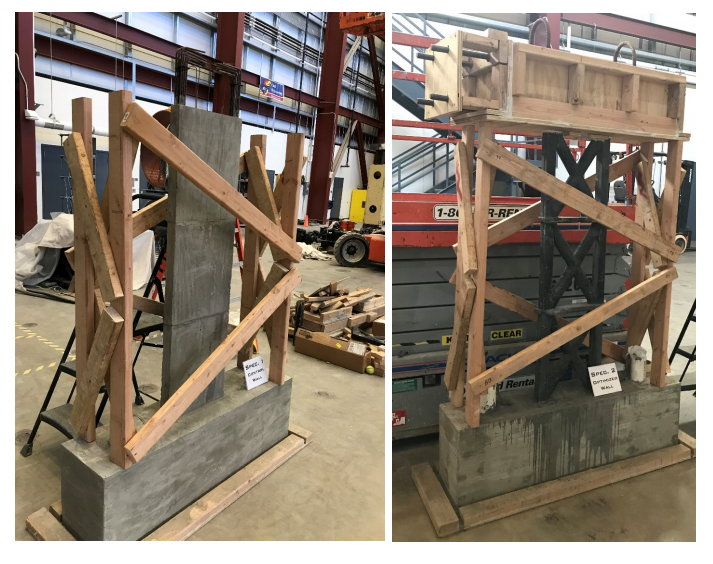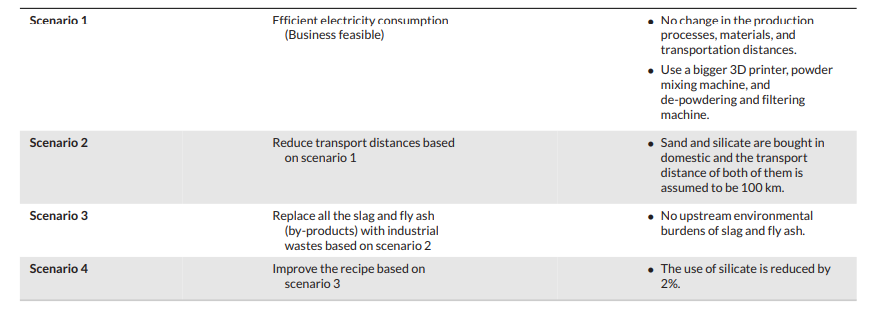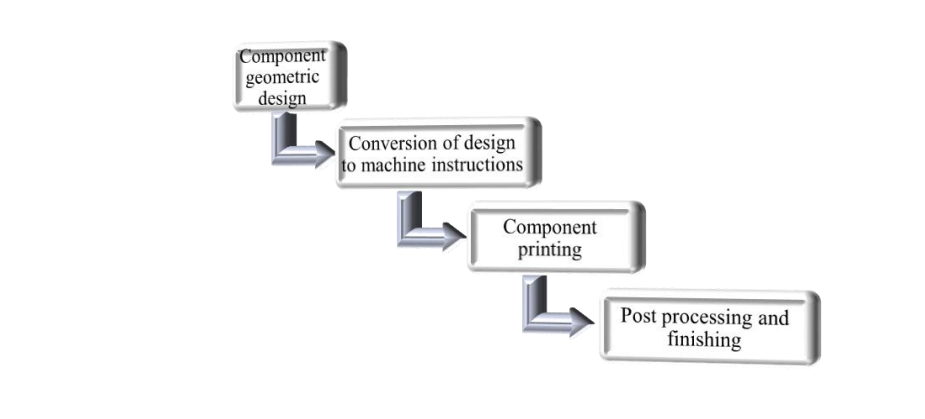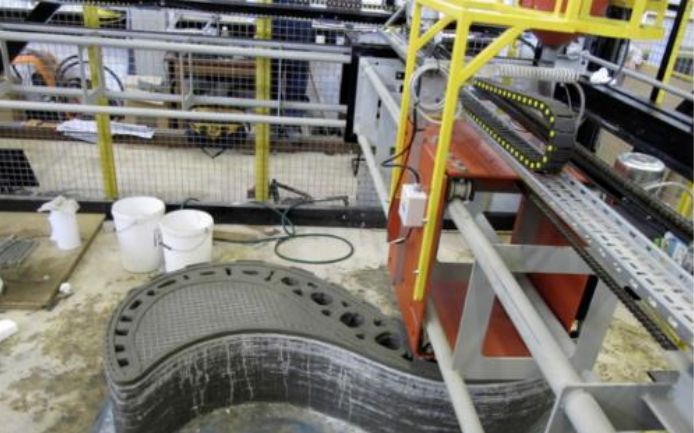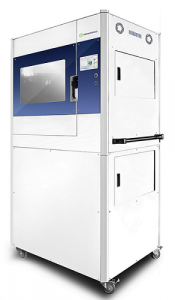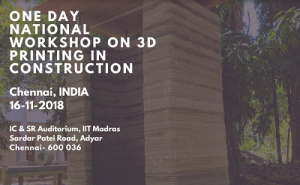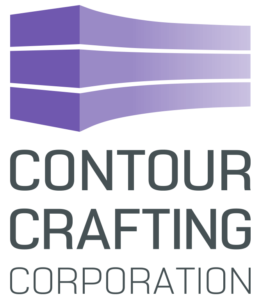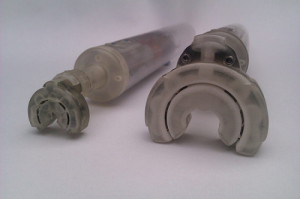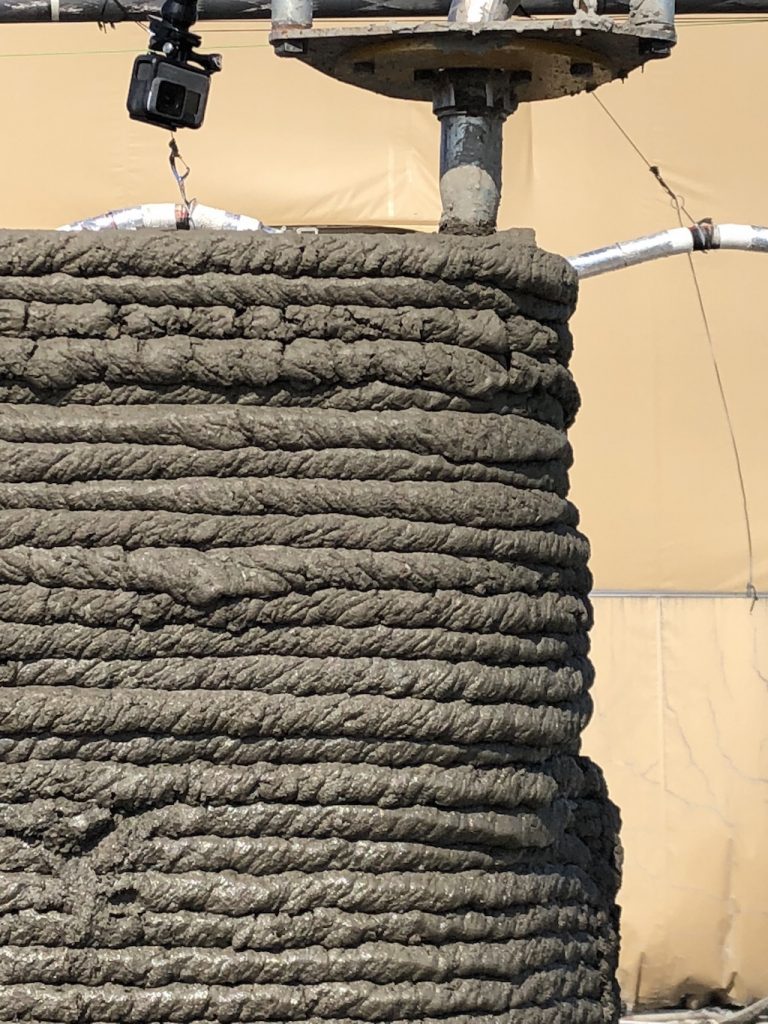Ali Bagheri and Christian Cremona explore complexities in digital fabrication, sharing their findings in the recently published ‘Formulation of mix design for 3D printing of geopolymers: A machine learning approach.’
Focusing on 3D-printed materials for construction, Bagheri and Cremona assess the potential for machine learning. Experimenting with geopolymer samples and different compositions, the authors evaluated target variables in machine learning. They began by looking at the compressive strength of geopolymer binders and the elements involved, to include:
- Features of raw materials
- Chemical composition of the aluminosilicate resources
- Formulation of the alkaline activator
- Alkaline ions in the activator
- Fraction of silicate to hydroxide compounds in the activator
- Water to binder ratio
- Formulation of aggregates
Upon 3D printing, factors grow to include:
- Printing method
- Layer resolution
- Shape of prints
- Rates of extrusion
- Orientation
- Preparation and formulation of materials
“Given an innumerable number of independent variables, the prediction of the compressive strength of printed geopolymer samples without the use of a machine will generate a high level of error,” stated the researchers. “For instance, one can predict the strength of samples that are classified into four categories with 75% error. However, the use of machine learning would reduce this error significantly as can be seen further in this work.”
Current data offers benefits to researchers as they are able to learn more through printing variables and changing parameters:
“Among the mentioned effective parameters, the content of the fly ash, the content of the ground granulated blast furnace slag (GGBFS), as well as the ratio of boron ions, silicon ions, and sodium ions in the alkaline solution have the most significant impact on the compressive strength,” stated the researchers.
A small 3D printer was used to fabricate samples for the study, consisting of a piston-operated extruder. The researchers used vibration to make sure the mix was compacted, with resulting sample dimensions of 250x30x30.
Slag was found in the geopolymer mix, and also displayed better compressive strength; conversely, samples with more sodium showed decreased compressive strength.
Increased boron raised sodium ions, while lessening compressive strength—with the same shown in terms of lesser slag content too. Silicate is also a critical ingredient for strength development and cross-linking.
Ultimately, Bagheri and Cremona discovered the true prediction value to be 63 percent.
“The predictions could be compared in two efficient ways. First, the simplicity of the model could be assessed based on the predictions rules and comprising the number of parameters. Accordingly, rpart function is far more uncomplicated with only two parameters for 50% of the predictions and three parameters for another half,” concluded the researchers.
“Whereas, ctree function used four factors for 74% of the predictions and two factors for only 26% of the predictions. Secondly, the cumulative accuracy of each prediction function was used as a comparing criterion. The cumulative accuracy factor was obtained by multiplying the number of predictions in each category and the appropriate positive predictive value.
Acquiring 70% cumulative accuracy for rpart function with respect to 63% for that of ctree function evidenced similar but slightly better performance for rpart function to predict the compressive strength of 3D-printed boron-based geopolymer samples. Moreover, the importance of the percentage of slag and the ratio of boron ions can be seen in the decision trees created by ctree and rpart functions, respectively.”
3D printing in construction continues to be of growing interest, with the potential for homes, offices, and even entire villages to be built with a variety of different printers and materials. What do you think of this news? Let us know your thoughts! Join the discussion of this and other 3D printing topics at 3DPrintBoard.com.
[Source / Images: ‘Formulation of mix design for 3D printing of geopolymers: A machine learning approach’]
The post Machine Learning & Geopolymers: 3D Printing for Construction appeared first on 3DPrint.com | The Voice of 3D Printing / Additive Manufacturing.





